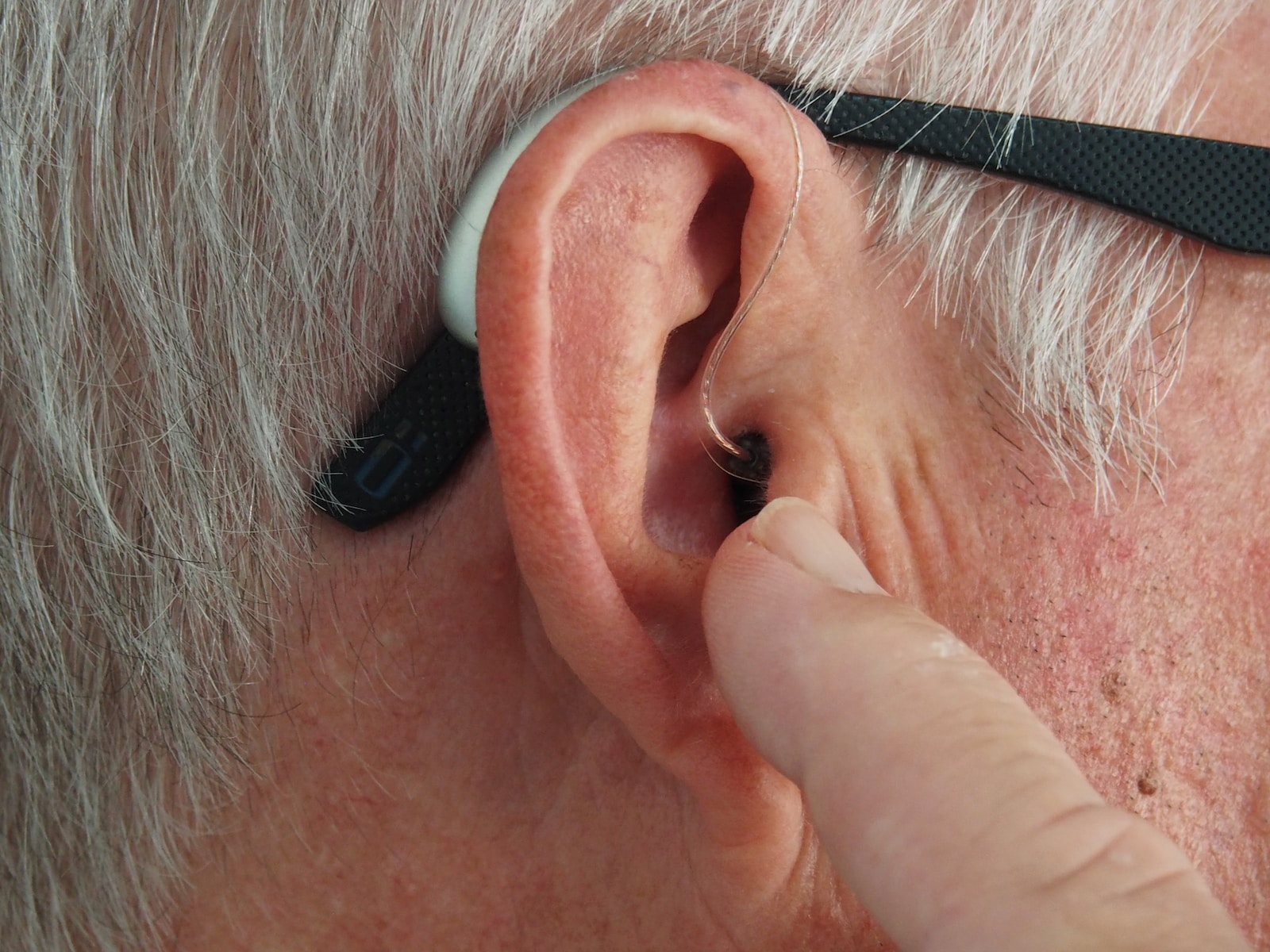Traumatic Brain Injuries (TBIs) are complex and potentially life-altering conditions that result from a sudden blow, jolt, or penetrating injury to the head.
These injuries can have a profound impact on cognitive function, emotional well-being, and overall quality of life. Understanding the different types of traumatic brain injuries is crucial for early recognition, proper diagnosis, and effective treatment. In this article, we will explore the most common types of TBIs, shedding light on their causes, symptoms, and potential consequences.
1. Concussions
A concussion is the most common and mildest form of traumatic brain injury. It often occurs due to a sudden impact or acceleration-deceleration force causing the brain to move within the skull. Concussions can result from sports-related injuries, falls, or car accidents. Symptoms may include headache, confusion, dizziness, and temporary loss of consciousness. While most concussions resolve with rest, repeated concussions can have cumulative and long-term effects, emphasizing the importance of proper management.
2. Contusion
Contusions are bruises on the brain’s surface caused by direct impact, typically from a blow to the head or a penetrating injury. This type of TBI can lead to bleeding, swelling, and damage to the surrounding tissue. Contusions may require surgical intervention to alleviate pressure on the brain and minimize further damage. Symptoms can vary depending on the contusion’s location and severity, ranging from mild cognitive impairment to more serious neurological deficits.
3. Coup-Contrecoup Injuries
Coup-contrecoup injuries occur when the brain is injured in two places – at the site of impact (coup) and on the opposite side due to the brain rebounding inside the skull (contrecoup). This type of TBI often happens in high-impact incidents, such as car accidents, where the head is forcefully stopped, causing the brain to collide with the skull. Coup-contrecoup injuries can result in widespread damage, affecting multiple areas of the brain and leading to a range of symptoms, including cognitive, sensory, and motor impairments.
4. Diffuse Axonal Injury
Diffuse Axonal Injury (DAI) is a severe form of TBI that involves widespread damage to the brain’s nerve fibers, or axons. This injury occurs when the head experiences rapid acceleration or deceleration, causing the brain to twist or rotate within the skull. DAI can lead to extensive nerve cell damage, interrupting communication between different parts of the brain. The consequences of DAI can be severe, often resulting in long-term cognitive and physical impairments.
5. Penetrating Injuries
Penetrating injuries occur when an object pierces the skull and directly damages the brain tissue, causing a traumatic brain injury in the process. This can happen in situations such as gunshot wounds, stabbings, or accidents involving sharp objects. The severity of penetrating injuries depends on factors like the size and trajectory of the penetrating object. Emergency medical attention is crucial, as surgery may be required to remove foreign objects, control bleeding, and minimize the risk of infection.
Traumatic Brain Injuries Are Life-Changing
Traumatic Brain Injuries encompass a spectrum of severity, from mild concussions to severe diffuse axonal injuries. Recognizing the signs and symptoms of these injuries is crucial for prompt medical intervention and rehabilitation. The most common types of traumatic brain injuries are:
- Concussions
- Contusion
- Coup-Contrecoup Injuries
- Diffuse Axonal Injury
- Penetrating Injuries
While mild TBIs may resolve with rest and proper care, severe TBIs can have lasting consequences, impacting an individual’s physical, cognitive, and emotional well-being.
If you’ve been in a place where you’ve suffered a traumatic brain injury at the hands of a negligent party from a car accident, contact a Westminster, Colorado car accident lawyer today. They can help you ensure your rights are protected while also being able to get the compensation that you deserve.
Prevention measures, such as wearing protective gear during activities with a risk of head injury, adhering to safety guidelines, and seeking timely medical attention after accidents, play a vital role in reducing the incidence and severity of traumatic brain injuries.
By raising awareness and fostering a culture of safety, we can work towards minimizing the impact of TBIs on individuals and communities.



